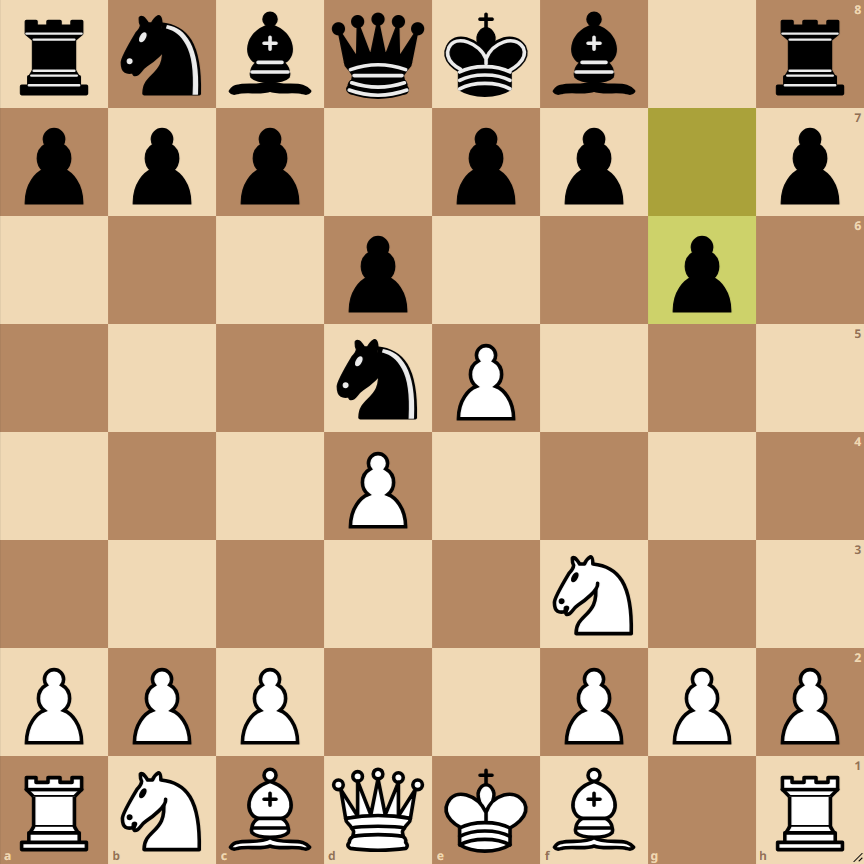How to Play the Alekhine Defense Modern Variation Alburt
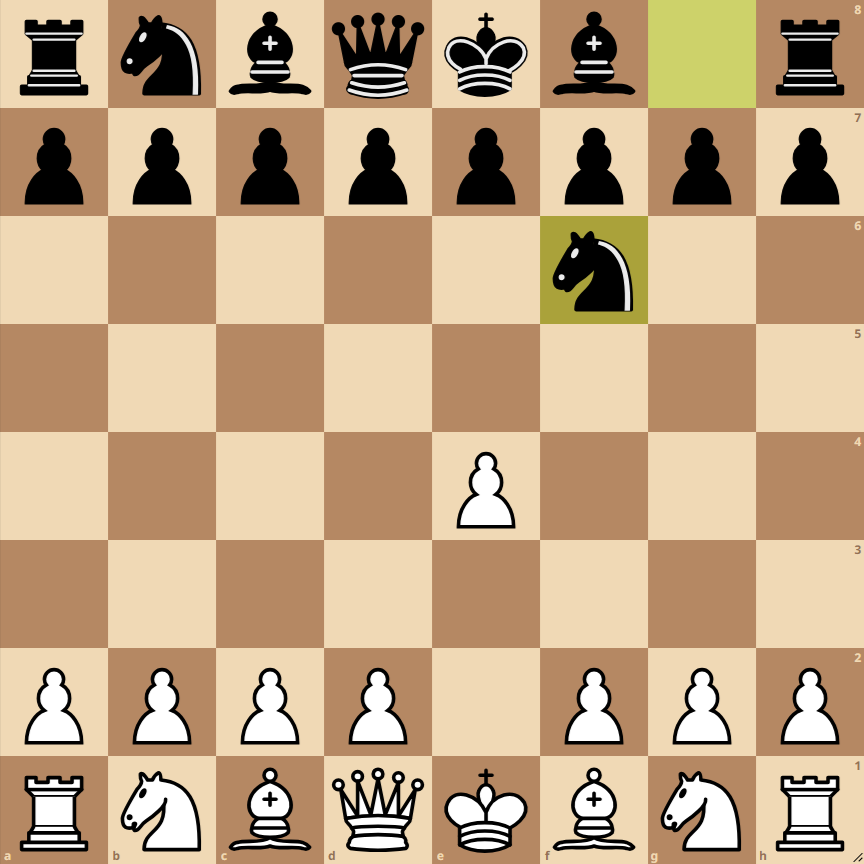
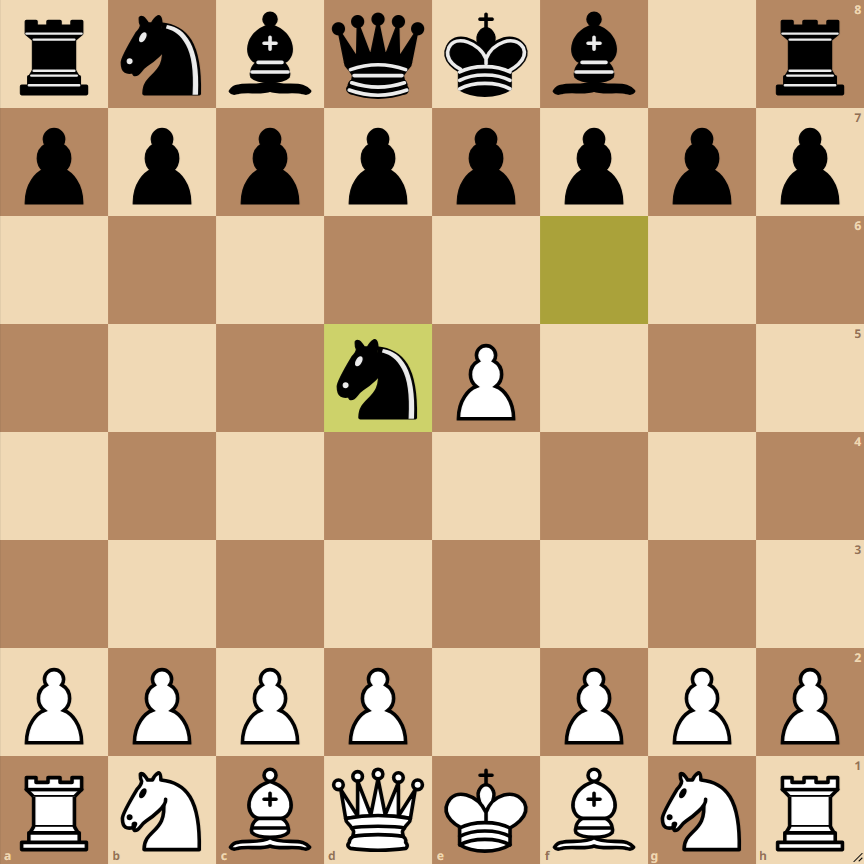
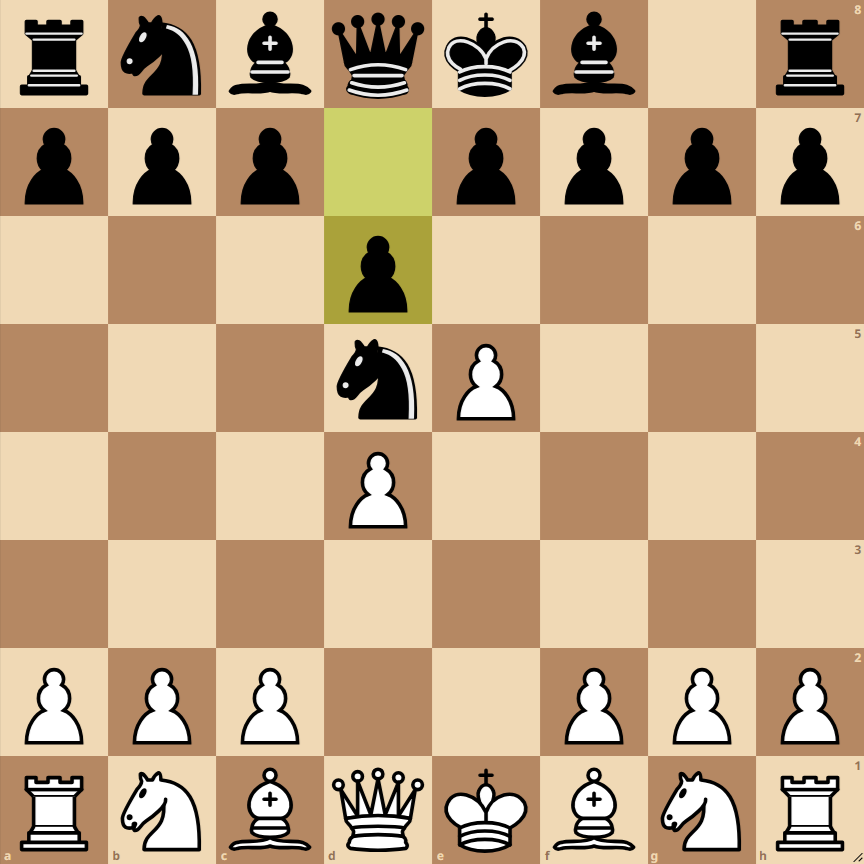
- 1. e4 Nf6: White starts with the classic pawn move to e4, aiming to control the center and prepare for piece development. Black responds with the knight to f6, immediately challenging White’s central pawn, marking the beginning of the Alekhine Defense.
- 2. e5 Nd5: White advances their pawn from e4 to e5, pressuring the black knight. The black knight moves to d5, seeking more active positions and preparing for counterattacks.
- 3. d4 d6: White reinforces their center with the pawn to d4. Black responds with d6, pressuring the pawn on e5 and beginning to challenge White’s center.
- 4. Nf3 g6: White develops their knight to f3, supporting the pawn on d4 and preparing for castling. Black plays g6, planning to fianchetto their bishop and control central squares along the long diagonal.
Variations of the Alekhine Defense Modern Variation Alburt
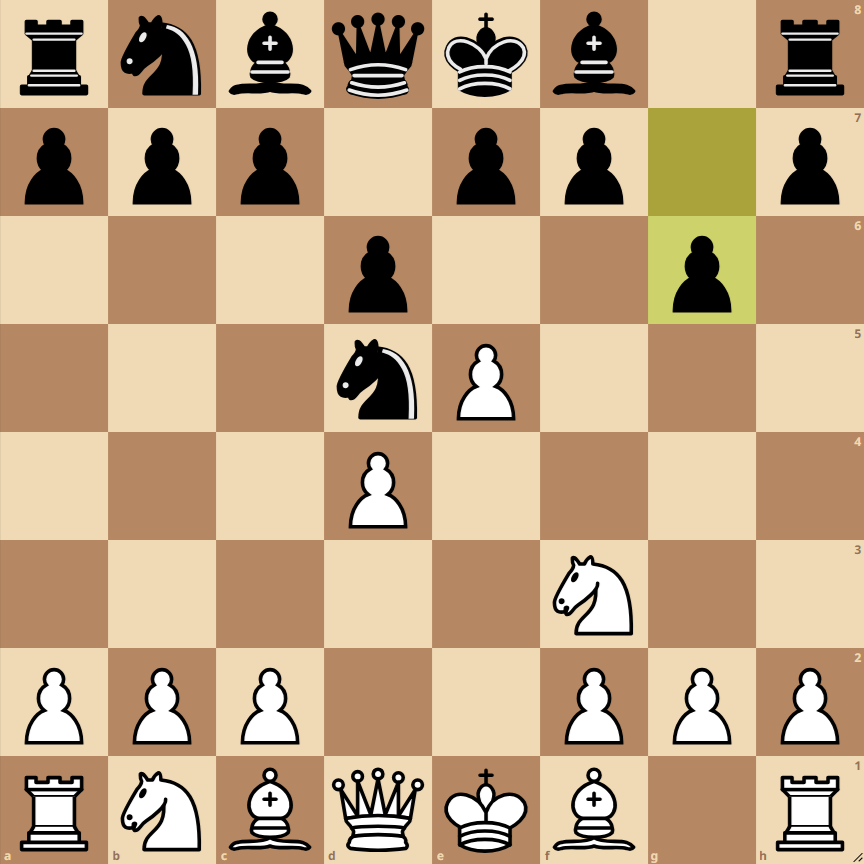
4…Bg7
A popular variation is 4…Bg7, where Black fianchettoes their king’s bishop. This allows them to exert strong influence in the center and prepare for future moves on the kingside.
4…c6
Another possibility for Black is 4…c6, aiming to support the knight on d5 and prepare for a potential central advance with e5.
4…Bg4
The move 4…Bg4, pinning the knight on f3 and exerting pressure on White’s center, is another interesting option. This move also paves the way for the development of the knight on d7.
Opening: Alekhine Defense, Modern Variation, Alburt Variation
Current Position
After 1. e4 Nf6 2. e5 Nd5 3. d4 d6 4. Nf3 g6, we find ourselves in a classic position of the Alekhine Defense, specifically in the Modern Variation, Alburt Variation. This opening system is known for its dynamic and strategic approach.
Strategy and Tactics for White
White has advanced their pawn from e4 to e5, aiming to control the center and limit Black’s knight options. The move 3. d4 reinforces the center and prepares for the development of minor pieces. With 4. Nf3, White develops a piece to a strong square, supporting the center, and preparing for castling.
The recommended next moves are Nc4, c4, or Ne2:
- Nc4: This move aims to develop the bishop to an active square, targeting the weak f7 point in the Black camp. It also prepares for short castling and maintains pressure in the center.
- c4: By advancing the c-pawn, White seeks to control more space in the center and limit Black’s knight options on d5. This move also prepares for possible expansion on the queenside.
- Ne2: A more conservative development, protecting the pawn on e5 and preparing for a solid pawn structure in the center. This move also facilitates short castling.
Strategy and Tactics for Black
Playing the Alekhine Defense, Black aims to provoke White into overextending their center and then counterattacking. With 1…Nf6, Black immediately challenges the e4 pawn, seeking to unbalance White’s position.
Move 2…Nd5 follows Alekhine’s strategy of retreating the knight to a safe position, while 3…d6 prepares the advance of the e-pawn and activation of other pieces. The move 4…g6 indicates the intention to fianchetto the bishop on g7, where it will have a significant influence in the center and on the kingside.
From this position, Black should focus on completing their development, looking for opportunities to counterattack in the center, and exploiting any weaknesses in White’s pawn structure. Coordination of pieces and active play will be essential to counter the initial pressure from White.
Conclusion
In this opening phase, both sides have significant opportunities. White seeks to dominate the center and exert early pressure, while Black focuses on counterattacking and exploiting any overextension by White. The choice of the next moves should be based on a balance between development, center control, and preparation for tactical complications that may arise.

